The GemRB project celebrates 20 year anniversary with a new release
The GemRB team announces the availability of GemRB 0.8.7, a new minor release to kick off a week of celebrations of the project’s founding anniversary. 20 years ago, on the 21st of August, the project initiator Daniele Colantoni registered it on SourceForge to try to make it a team effort. Many things have happened since, the path was convoluted and bumpy, but GemRB has continued to grow throughout the years.
GemRB is a portable free/libre open-source implementation of Bioware’s Infinity Engine, which powered classic CRPGs like Baldur’s Gate, Icewind Dale and Planescape: Torment. The goal of the project is to make these games available on a wide range of platforms forever, fix or avoid old bugs, add new features and provide a superb platform for mod (and eventually game) development.
It was started 20 years ago by a student fresh out of town, Daniele Colantoni: “I missed playing D&D with my friends so much /…/ I wanted to create my game to play via internet. So I started my personal reverse engineering process on the base files from Baldur’s Gate.”
Predictably it turned out to be much more complicated and time consuming than first imagined, but the effort continued. From its Windows-only 32-bit beginnings GemRB was made to run on all common and many niche platforms (from AmigaOS to IRIX and Symbian; x86 to PPC, ARM, MIPS and WebAssembly). This was largely made possible through use of open source libraries that are themselves very portable (SDL, OpenAL, libpython, zlib). Without an open development model and supporting infrastructure, the project would have never succeeded.
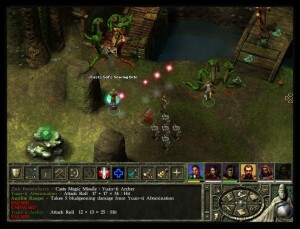
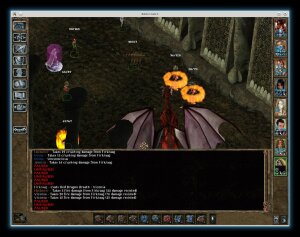
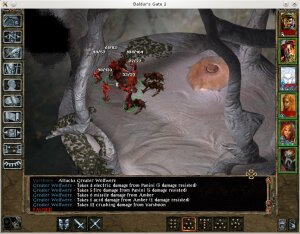
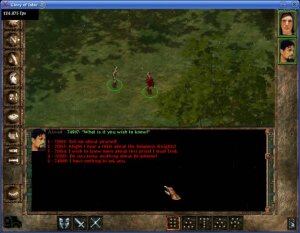
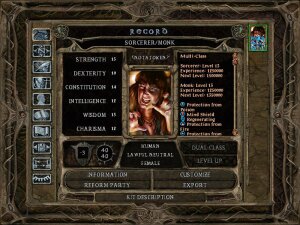

The engine can be used to play the full Baldur’s Gate saga, the first Icewind Dale and Planescape: Torment. The latter requires more reverse engineering and polishing, but one can finish the game already. Icewind Dale 2 is a different matter — while it appears more polished than Torment, only the first two chapters of the game are playable.
As GemRB marks its 20th anniversary, Jaka Kranjc, the current maintainer, is optimistic about the project’s future. “Our work is not finished, but this sort of thing is like an ultramarathon — for most of the run the goal is not within reach. Companies come and go, but FLOSS persists!”
The new release brings over 500 changes manifested as bugfixes, smaller features, cleanups and an improved setup experience. More than that, it introduces a new smarter pathfinder with bumping support and other movement related improvements. At the same time work continued on the drawing and GUI handling rewrite — stay tuned for a deeper dive later this week. With this anniversary release out of the way, finishing that rewrite is again the team’s main priority.
Overall it’s clear that after all this time the GemRB effort is still active, slowly building missing pieces of the Infinity Engine mosaic, revitalising older code, extending features and working throughout the project to keep the effort vibrant for years to come. The team is looking for new contributors, especially programmers with OpenGL experience, who could help them finish a drawing backend refactoring — for better performance and to remain available on a wide berth of platforms.
A pearl to you!
PS: check our news section in the following days for a daily retrospective with past maintainers and a look into the project’s future.
Project links:
- Web site: https://gemrb.org
- Downloads: https://gemrb.org/Install
- News: https://gemrb.org/News (RSS available)
- Screenshots: https://gemrb.org/Media
If you want to be notified of further releases, subscribe to gemrb-release (low volume).
If you need to get in touch via email, write to <registracije+gemrb20@lynxlynx.info>.
